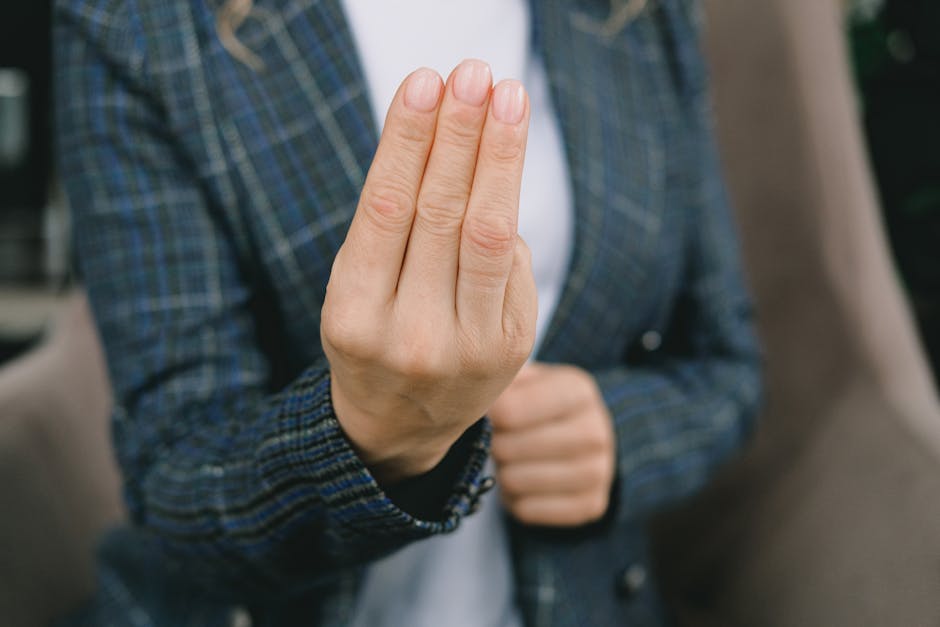
Nonverbal Cues: Understanding the Power of Body Language
Nonverbal Cues: Understanding the Power of Body Language
Communication is not just about the words we use; it's also about the signals we send through nonverbal cues. Nonverbal cues refer to the subtle ways we communicate without speaking, such as facial expressions, gestures, and body language.
While verbal communication is important, studies have shown that nonverbal cues often have a greater impact on how our messages are received and understood. In fact, it is estimated that 55% of communication is conveyed through nonverbal cues, while only 7% is conveyed through words alone.
Understanding nonverbal cues can significantly enhance our ability to interpret and respond to others effectively. By paying attention to someone's facial expressions, tone of voice, and body movements, we can gain valuable insights into their emotions, intentions, and attitudes.
The Power of Body Language
Body language, in particular, plays a crucial role in communication. It includes postures, gestures, eye contact, and even the distance between individuals. For example, crossed arms often indicate defensiveness or resistance, while maintaining eye contact signals attentiveness and interest.
By being aware of our own body language and observing others', we can make adjustments that improve our interactions with others. We can also become more effective at understanding and responding to the nonverbal cues of those around us.
Improving Your Nonverbal Communication Skills
If you want to improve your nonverbal communication skills, here are some tips:
- Pay attention to facial expressions, as they can reveal emotions, such as happiness, sadness, surprise, or frustration.
- Observe body movements, such as posture, gestures, and hand movements, to gain insight into someone's level of confidence or discomfort.
- Maintain good eye contact, which shows that you are engaged and interested in the conversation.
- Be mindful of personal space, as invading someone's personal space can make them uncomfortable.
By honing your ability to interpret and utilize nonverbal cues, you can enhance your communication skills and build stronger connections with others.
Remember, words are not the only form of communication. Nonverbal cues can speak volumes if we know how to listen.
